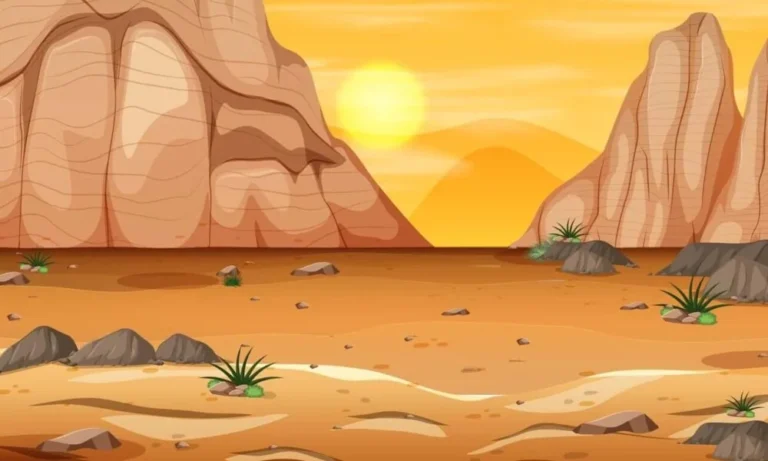Have you ever wondered what the largest desert in the world is? Deserts are amazing places. They’re dry, sandy, and full of unique plants and animals. But, did you know the largest desert isn’t hot? Let’s explore the biggest desert on Earth and learn where it is.
Deserts are places that get very little rain. They can be hot or cold, but they all have dry climates. The plants and animals that live in deserts have special ways to survive with little water. For example, cacti store water in their thick stems, and camels can go a long time without drinking.
There are different kinds of deserts. Hot deserts, like the Sahara, have very high temperatures during the day. Cold deserts, like the Gobi, have chilly winters and can even get snow. Some deserts are semi-arid, meaning they get a little more rain than true deserts but are still pretty dry.
What is the Largest Desert in the World?
When we talk about the largest desert, we usually think of sandy, hot places. But the biggest desert in the world is actually cold! The Antarctic Desert is the largest desert on Earth. It’s huge and much bigger than any hot desert.
The Antarctic Desert covers about 5.5 million square miles. That’s almost double the size of the Sahara Desert, which is the largest hot desert. Even though it’s covered in ice, it’s very dry because it gets almost no rain or snow.
The Sahara Desert in Africa is the largest hot desert, covering about 3.6 million square miles. The Arabian Desert is also large, about 900,000 square miles. The Gobi Desert in Asia is a cold desert, covering about 500,000 square miles. But none of these compare to the size of the Antarctic Desert.
Where is the Antarctic Desert Located?
The Antarctic Desert is located at the South Pole. It covers the entire continent of Antarctica. This continent is surrounded by the Southern Ocean. Antarctica is far from most places people live, making it one of the most remote areas on Earth.
Antarctica is a huge icy landmass. It has mountains, valleys, and ice sheets that are miles thick. The ice here holds about 70% of the world’s fresh water. Even though it’s covered in ice, it’s considered a desert because it gets so little precipitation.
Climate and Environment of the Antarctic Desert
The Antarctic Desert is extremely cold. Temperatures can drop to -128 degrees Fahrenheit in winter. In summer, it can get up to 14 degrees Fahrenheit. It’s also very windy, with strong, cold winds blowing across the ice.
Antarctica is unique because it’s covered in thick ice sheets. These ice sheets reflect sunlight, keeping the continent cold. The wildlife here is special too. Penguins, seals, and various types of birds live in Antarctica. These animals are well adapted to the harsh environment.
Cultural and Historical Significance
The Antarctic has a rich history of exploration. Early explorers like Ernest Shackleton and Robert Scott faced extreme conditions to study this icy desert. Today, scientists from all over the world go to Antarctica to research climate, wildlife, and more.
Antarctica is very important for studying climate change. Scientists study ice cores to learn about Earth’s climate history. The unique wildlife also helps researchers understand how animals adapt to extreme environments. Protecting this delicate ecosystem is crucial for our planet.
Conclusion
Deserts are fascinating places, whether they are hot or cold. The Antarctic Desert is the largest desert in the world, covering the entire continent of Antarctica. It’s a place of extreme conditions and unique wildlife. Learning about deserts helps us understand more about our planet and the delicate balance of its ecosystems. Let’s continue to explore and protect these amazing landscapes.
